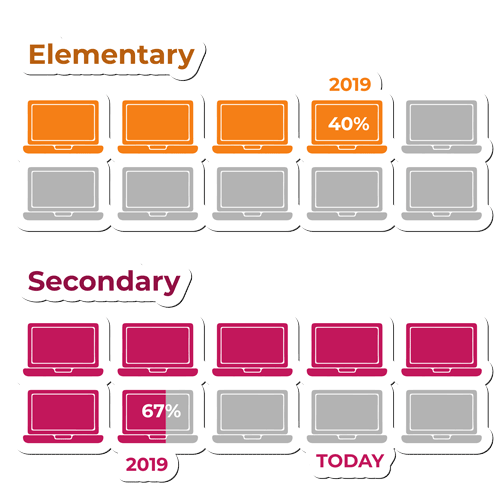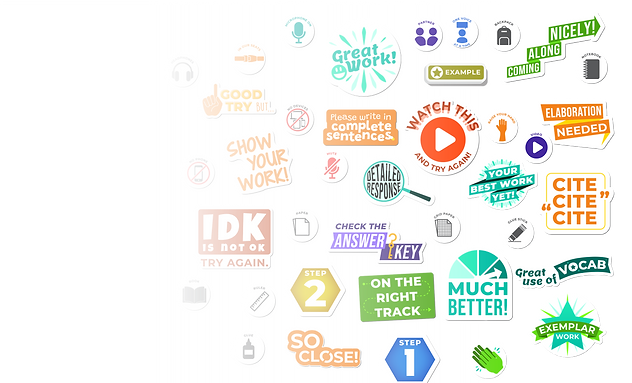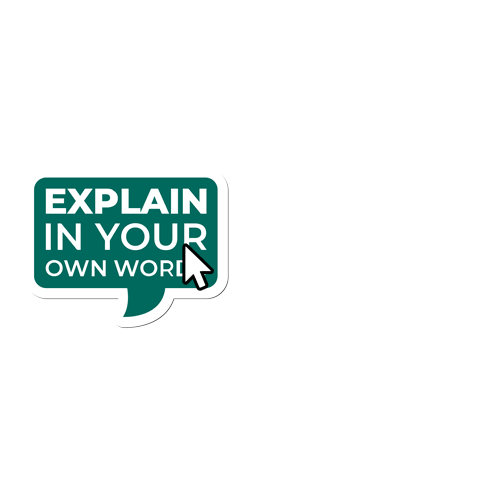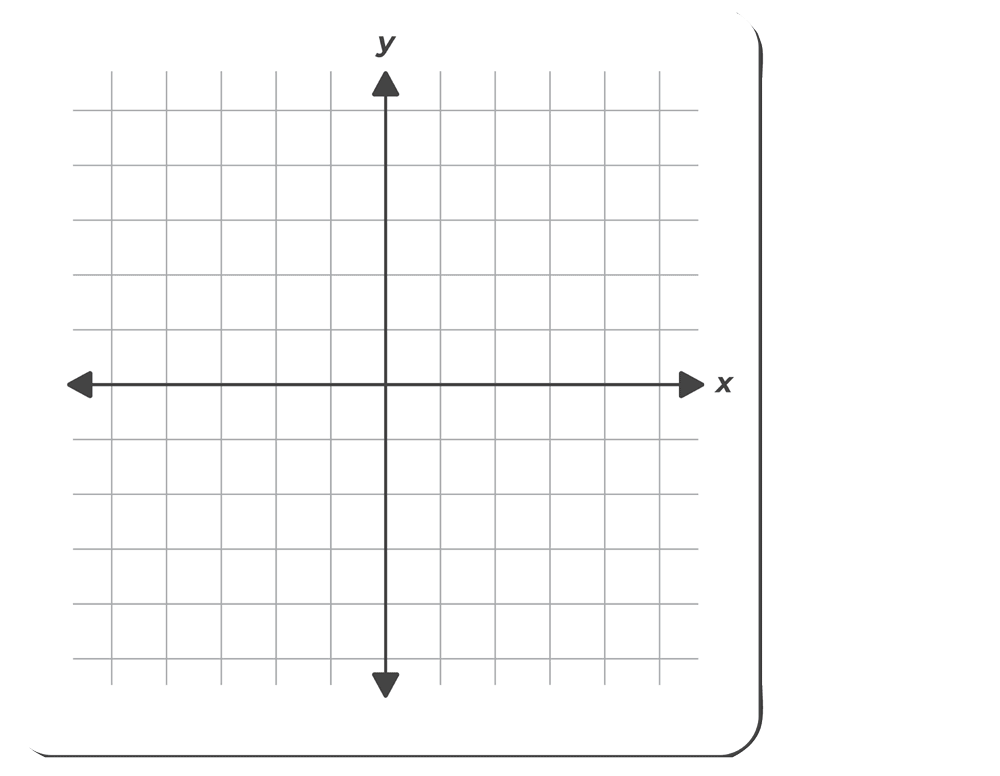Why Stickity?
Where to begin!
1:1 devices have increased dramatically since 2019.
We know that a digital classroom cultivates important skills for students that extend beyond the classroom.

However, classwork that was once done on paper doesn’t translate to the screen.

If a website or app is poorly designed, users are more likely to leave within the first 10 seconds.
Similarly, students disengage when unsure about how to interact with classwork.
This affects K-12 students broadly, especially those with learning differences or who are learning English.
Educators need a more effective toolkit to sustainably accommodate all learners

Sticky stickers go beyond being mere classroom novelties; they serve as purposeful visual aids enabling teachers to seamlessly integrate ELL (English Language Learner), IEP (Individualized Education Program), and 504 accommodations into their lesson plans. Additionally, they facilitate the incorporation of Universal Design for Learning (UDL) strategies, which are universally acknowledged as enhancing the efficacy of teaching.
While these stickers are beneficial for all learners, they were made with special populations of learners at the top of our hearts and minds:



Stickers show and tell important concepts and vocabulary to help remove language barriers and support students experiencing hearing loss.
Stickers are automatically inserted with alt text for students using screen readers, and all graphics meet WCAG guidelines for accessible color contrast.

Concise, direct prompts
Frequent reinforcement for desired/positive behaviors
Provide positive reinforcement
Frequent checks for understanding
Visual markers to guide the student on task
Provide direct feedback
Number and present instructions in a sequence
Clearly stated and written expectations (behavioral and academic)
Prompt student to elaborate
Display key terms
Highlight key phrases or vocabulary terms
Picture based communication
Visual prompts
Provide visual aids to enhance key concepts
Directions / expectations in multiple forms
Meet common IEP accommodations without removing rigor from class content
Hit UDL guidelines with a click of a button
7.3 Minimize Threats and Distractions
8.1 Heighten salience of goals and objectives
8.2 Vary demands and resources to optimize challenge
8.4 Increase mastery-oriented feedback
1.2 Offer alternatives for auditory information
2.1 Clarify Vocabulary and Symbols
2.4 Promote Understanding Across Languages
2.5 Illustrate through multiple Media
3.2 Highlight patterns, critical features, big ideas, and relationships
3.3 Guide information processing and visualization
3.4 Maximize transfer and generalization
5.2 Use multiple tools for construction and composition
6.1 Guide Appropriate Goal-setting
6.2 Support planning and strategy development
6.3 Facilitate Managing Information and Resources
6.4 Enhance capacity for monitoring progress

Visually Communicate Common Core Standards with Content Specific sticker libraries
for Premium Users

